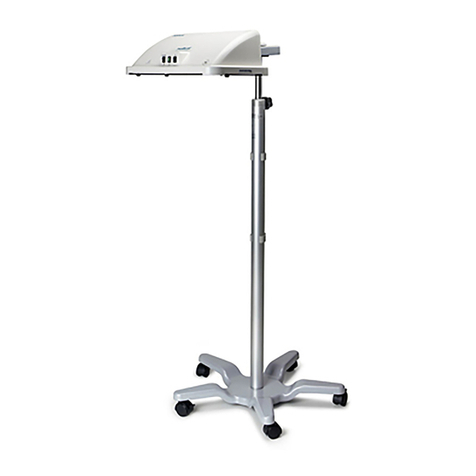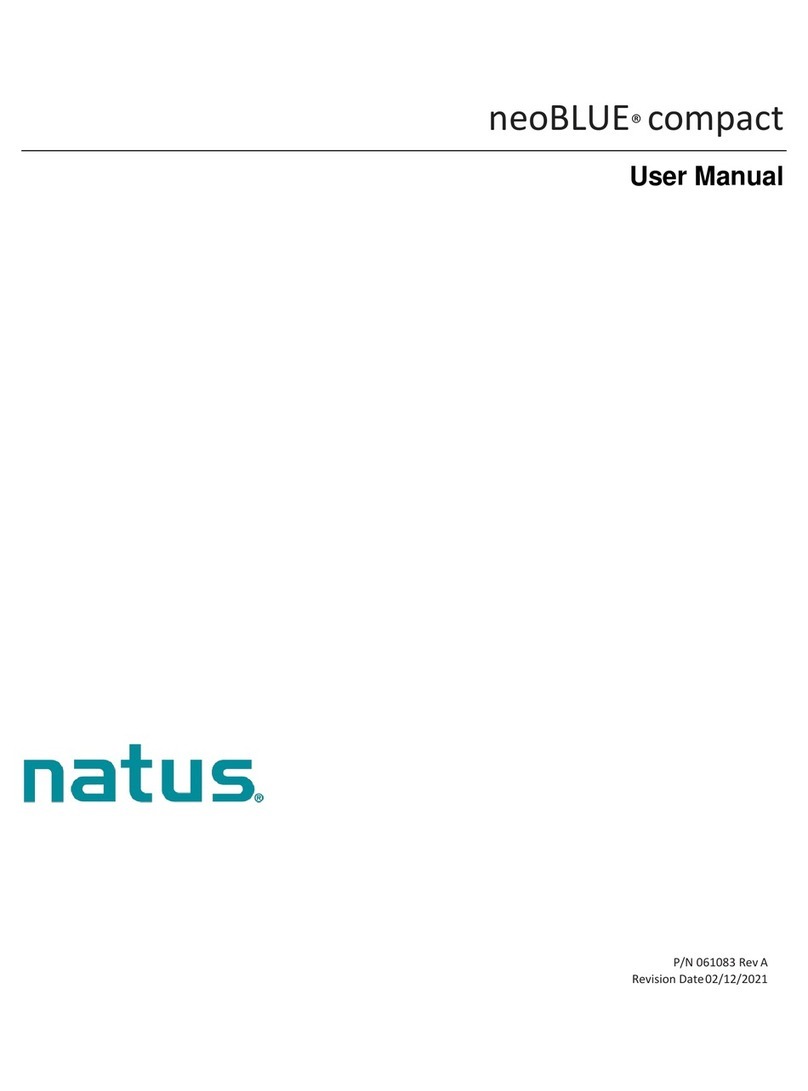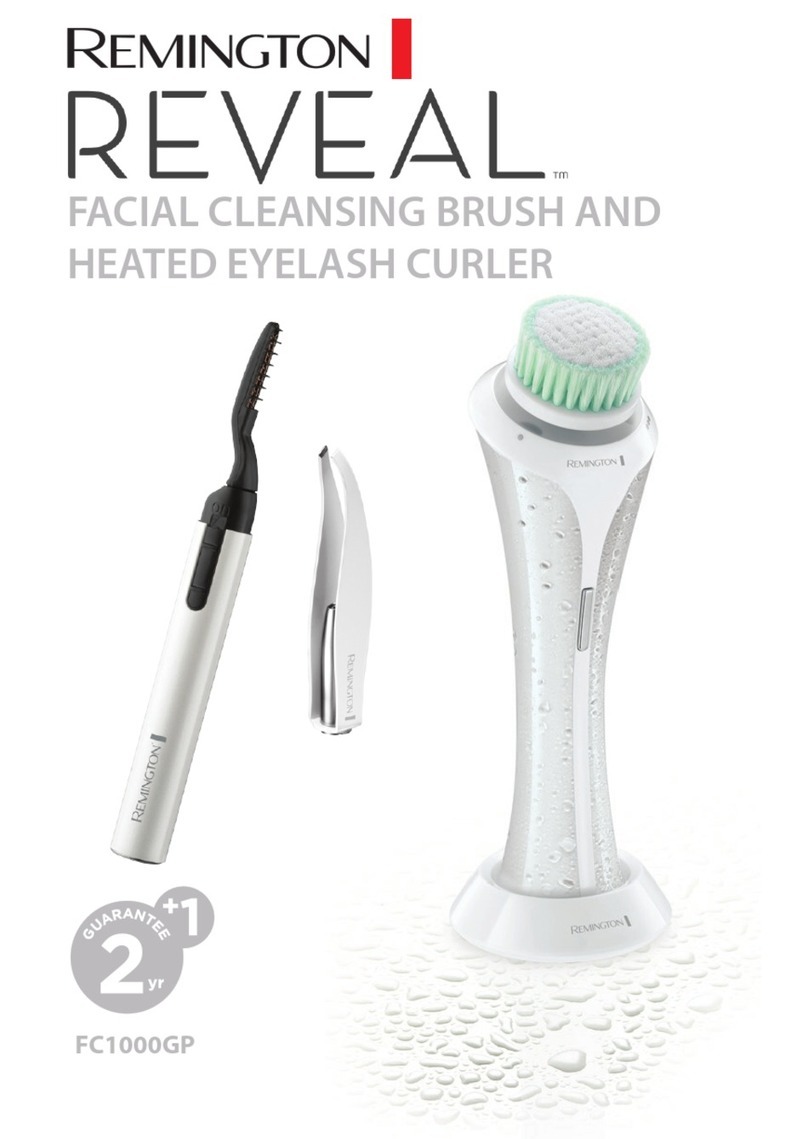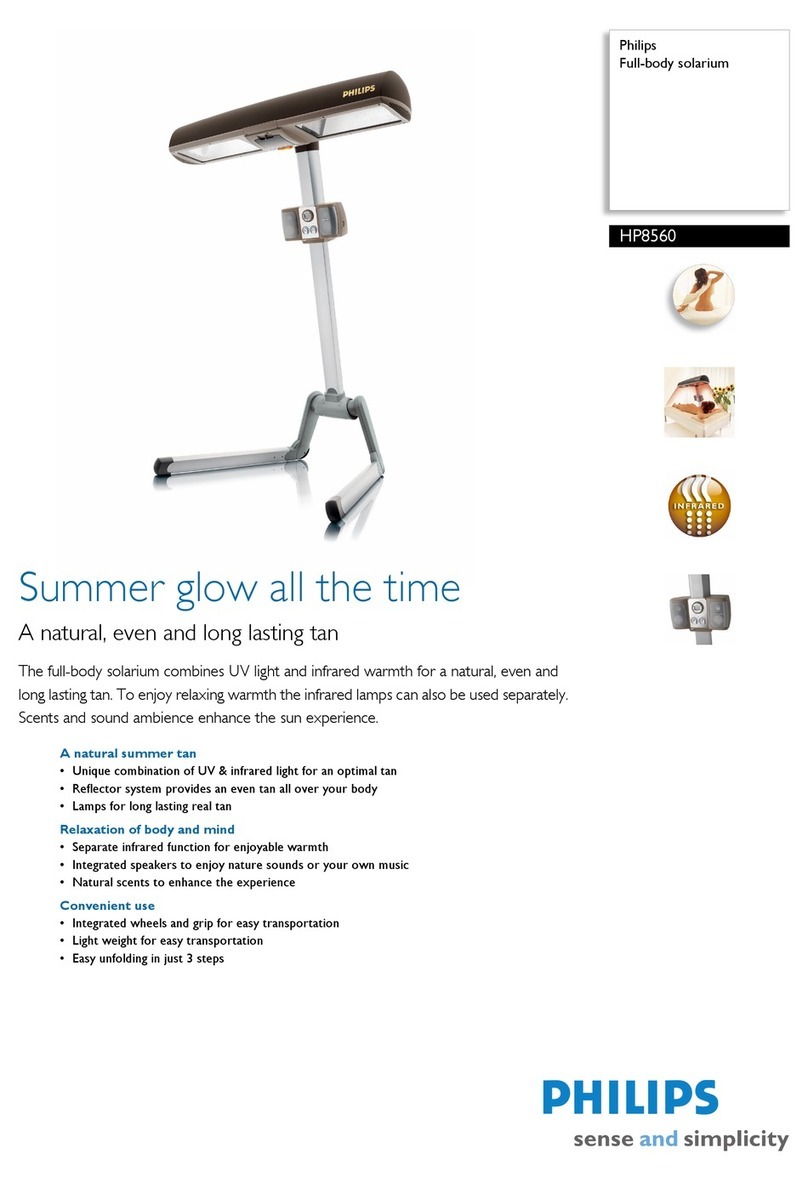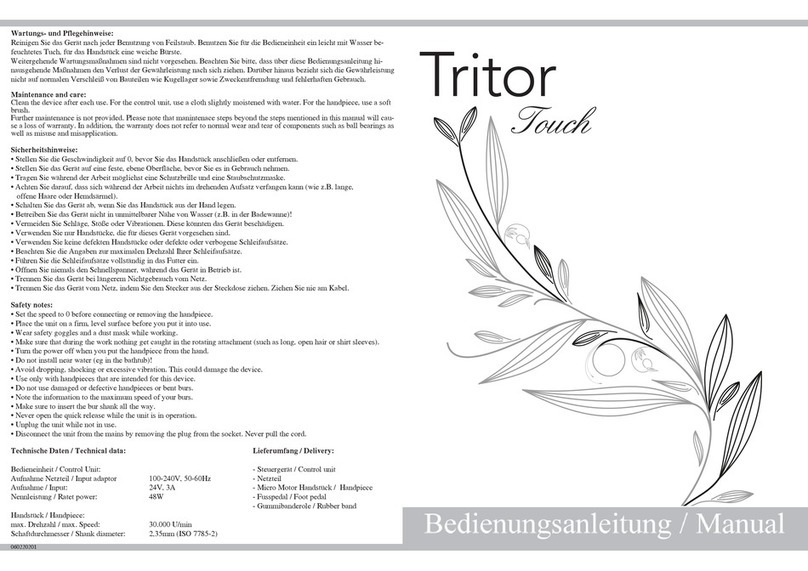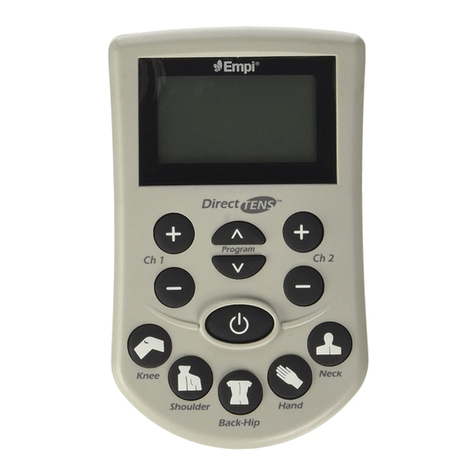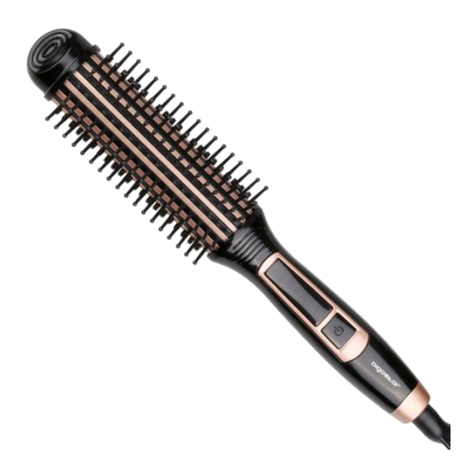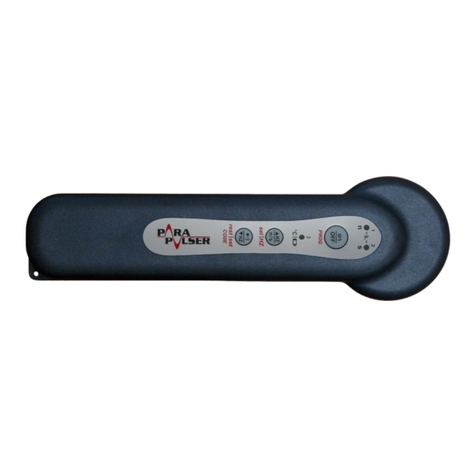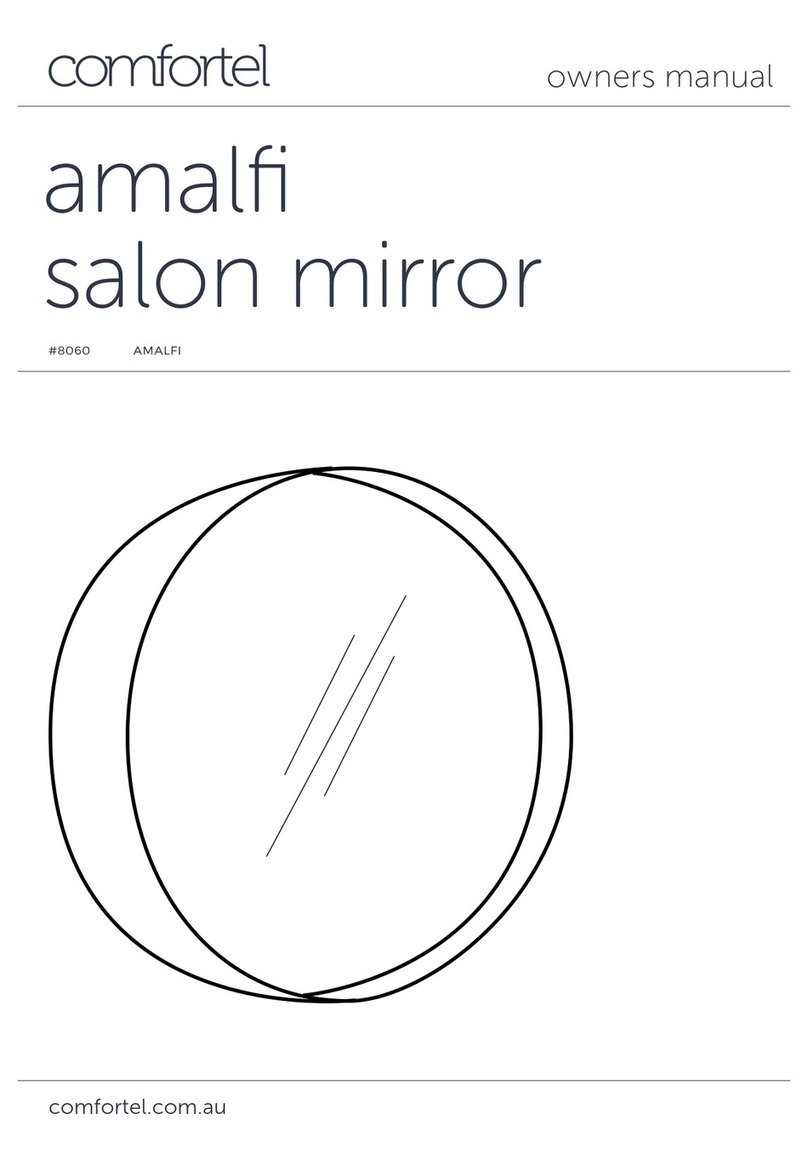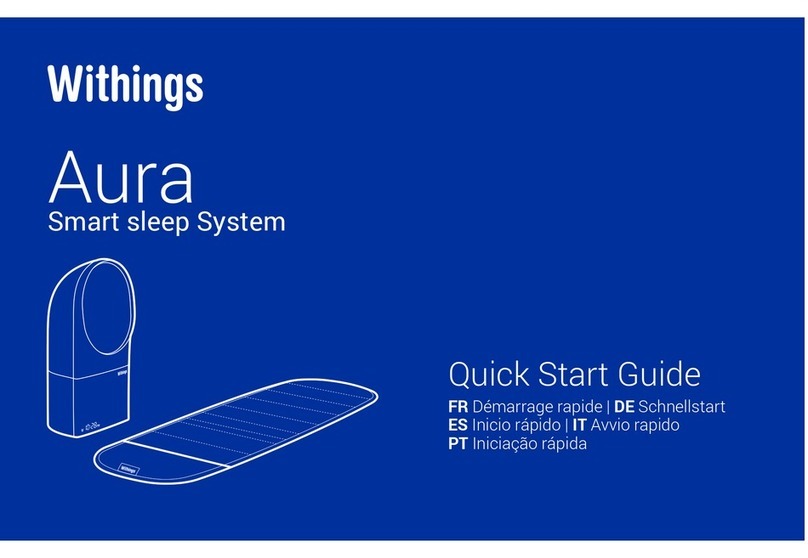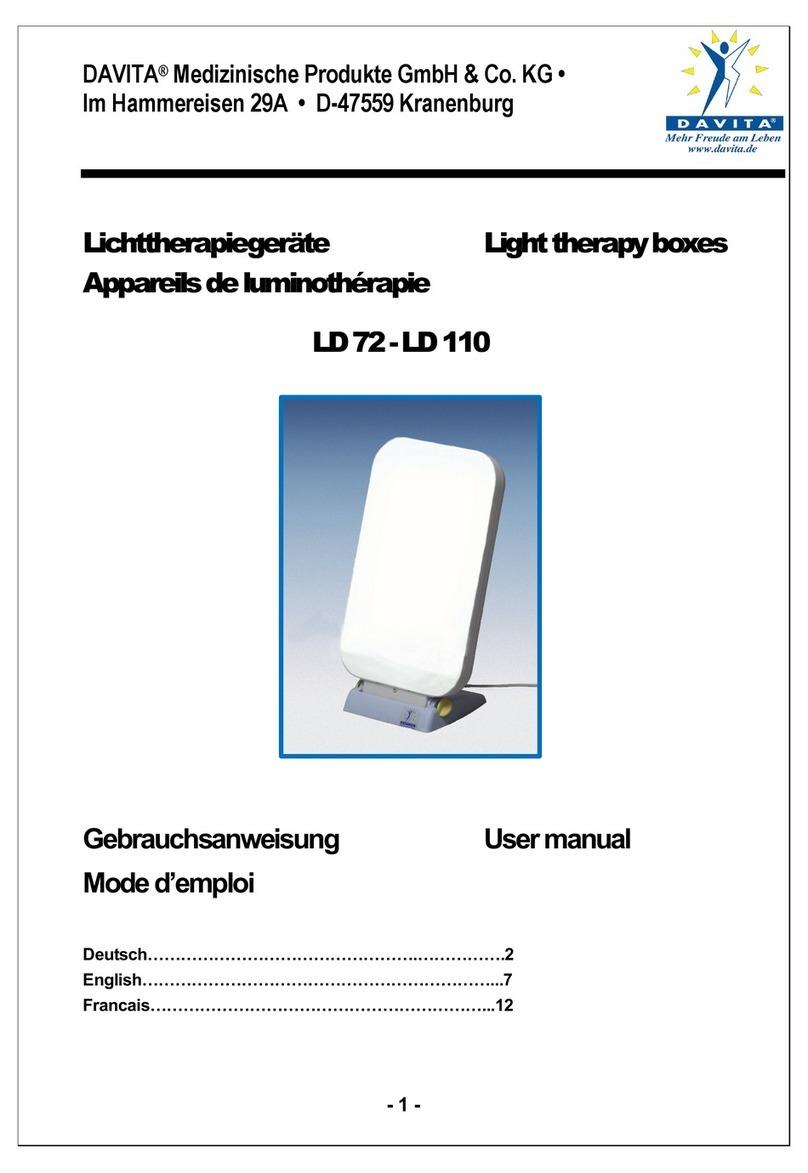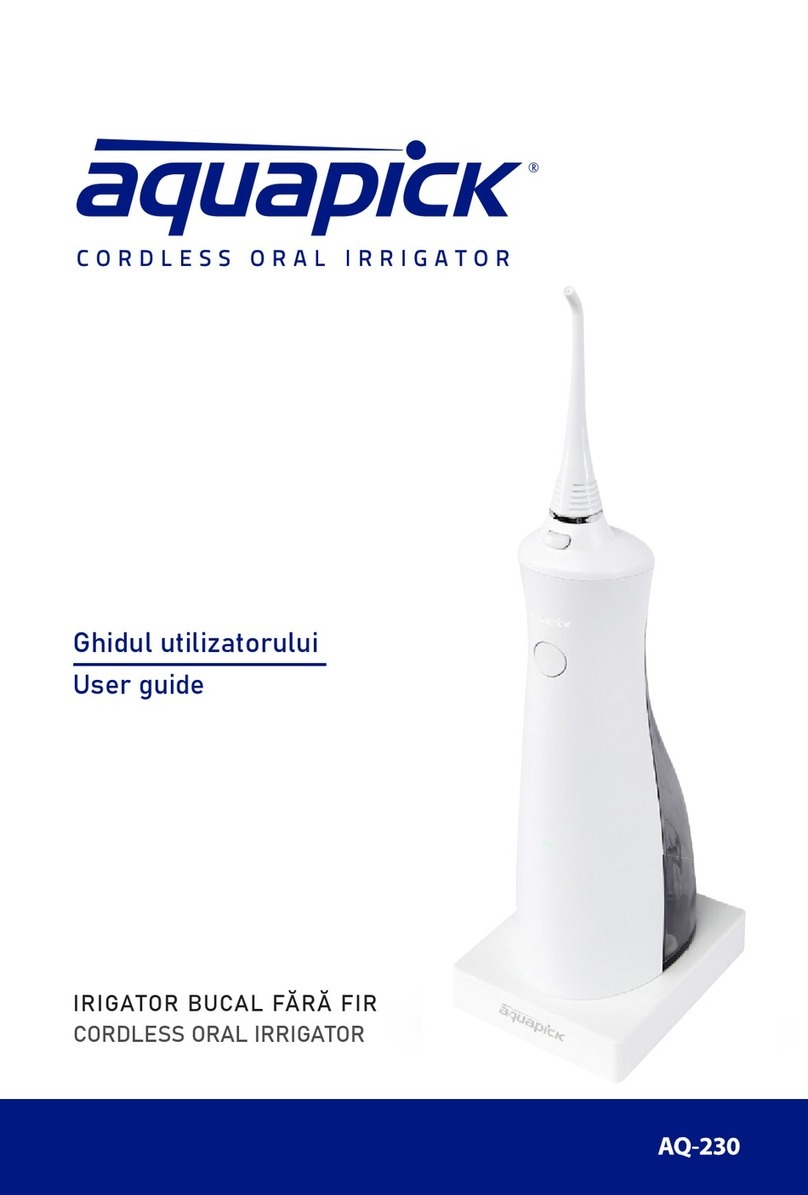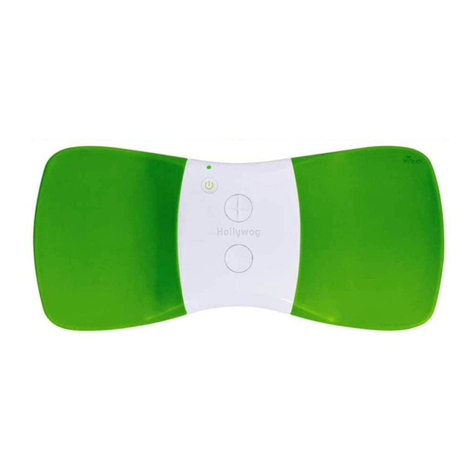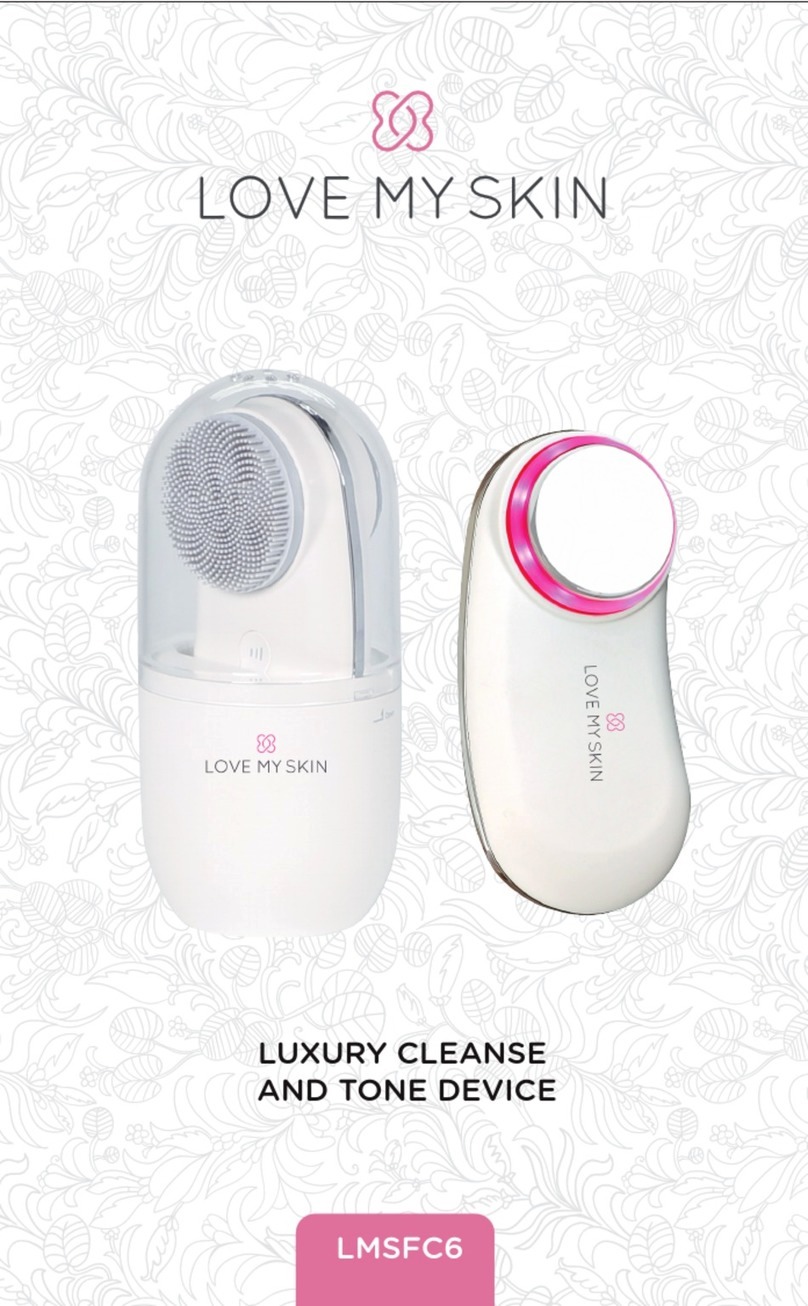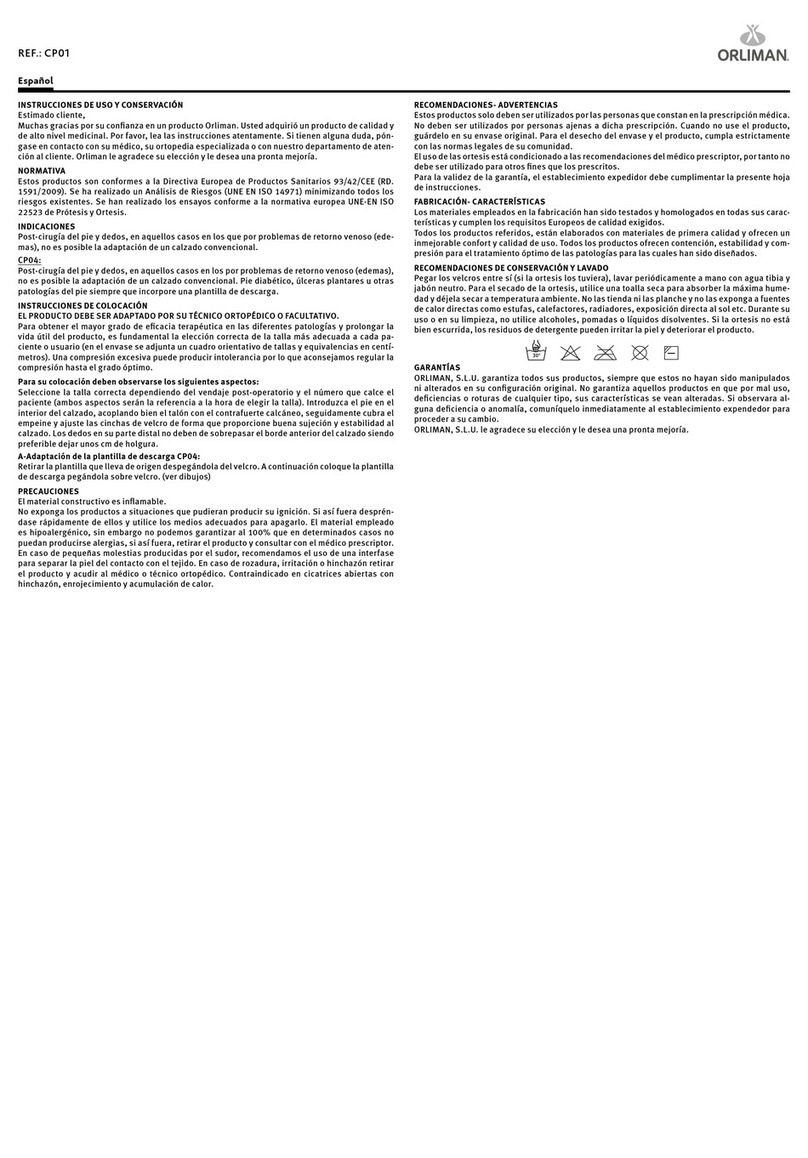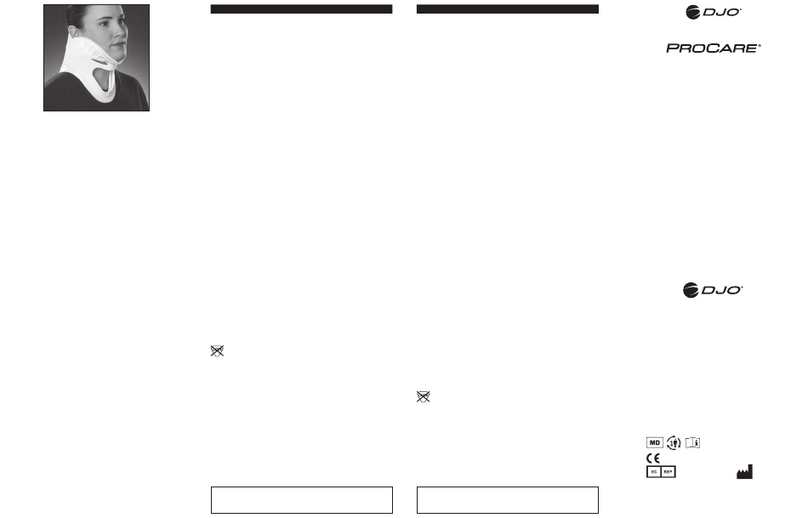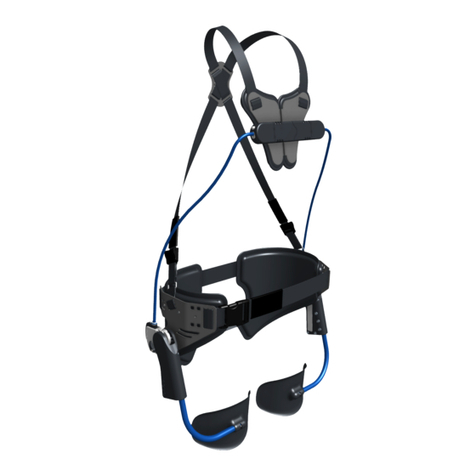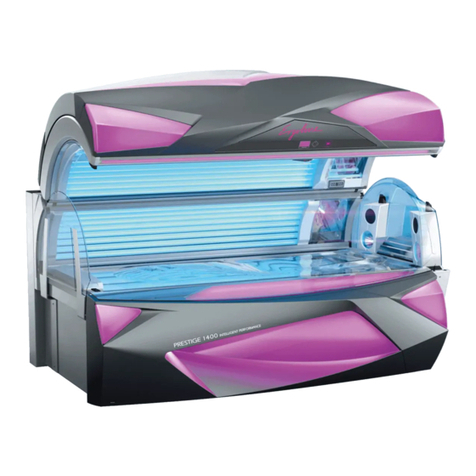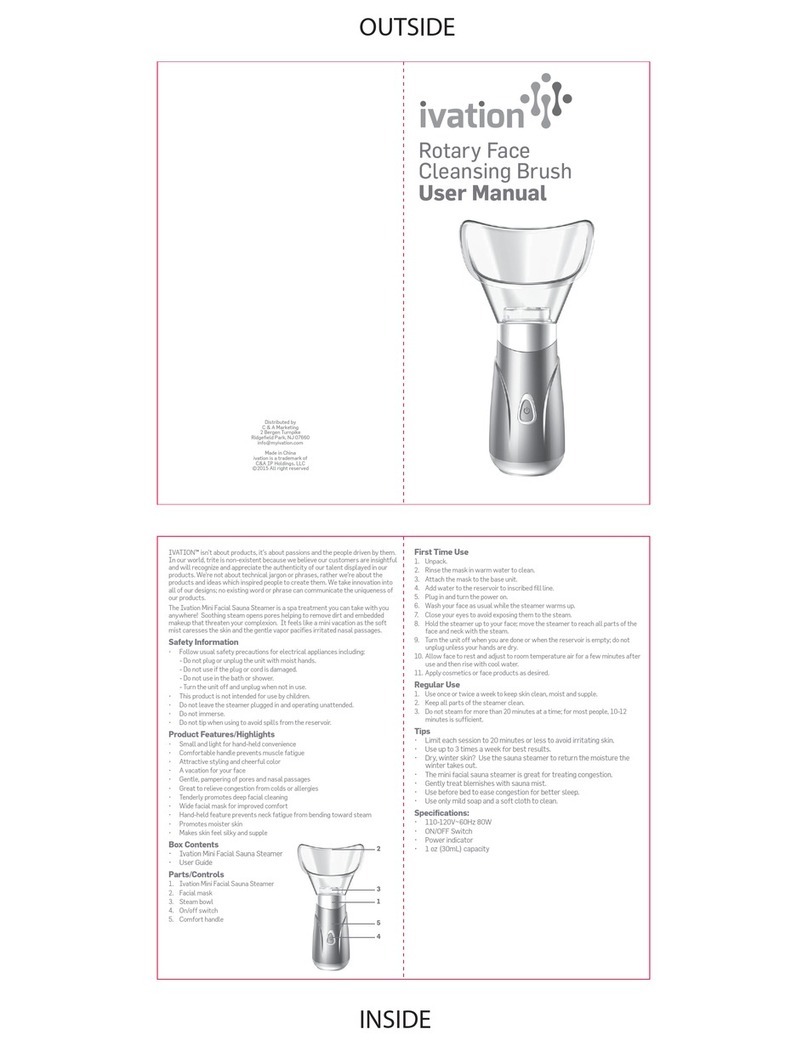natus neoBLUE cozy User manual

SERVICE MANUAL
neoBLUE® cozy Service Manual i P/N 051915 Rev. D

Caution: Federal Law (U.S.) restricts this device to sale or use by or on the order of a physician (or
properly licensed practitioner).
Natus is a registered trademark of Natus Medical Incorporated.
neoBLUE cozy is a trademark of Natus Medical Incorporated.
BiliBlanket is a registered trademark of Ohmeda.
Bili-meter is a trademark of Olympic Medical.
© 2009 Natus Medical Incorporated. All rights reserved.
This manual may not be reprinted or copied in whole or in part without written consent from
Natus Medical Incorporated. The content of this manual may change without notice.
Natus Medical Incorporated
5900 First Avenue South
Seattle, WA 98108 USA
Telephone +1 650 802 0400
Fax +1 650 802 0401
Technical Service +1 800 303 0306
Technical Service Fax +1 650 802 8680
E-mail: technical_service@natus.com
Customer Service +1 800 303 0306
Customer Service Fax +1 650 802 6620
E-mail: customer_service@natus.com
International Support - Please contact your local Distributor.
Distributor locations can be found at www.natus.com
Natus Europe GmbH
Bärmannstrasse 38
D-81245 München
Germany
neoBLUE® cozy Service Manual ii P/N 051915 Rev. D

CONTENTS
1 Product Description ------------------------------------------------------------------------------- 1
2 Routine Maintenance Procedures ------------------------------------------------------------ 4
2.1 Cleaning ------------------------------------------------------------------------------ 4
2.1.1 Cleaning the Device --------------------------------------------------------- 4
2.1.2 Cleaning the Filter ---------------------------------------------------------- 5
2.1.3 Cleaning the Interior of the Light Enclosure ----------------------- 5
2.2 Performance Verification ------------------------------------------------------ 6
2.2.1 Verifying General Performance ----------------------------------------- 6
2.2.2 Adjusting Light Intensity -------------------------------------------------- 7
2.3 Safety Testing ---------------------------------------------------------------------- 8
3 Troubleshooting the neoBLUE cozy light ------------------------------------------------ 10
4 Repair Procedures ------------------------------------------------------------------------------- 15
4.1 Removing the Plastic Cover ------------------------------------------------- 15
4.2 Removing the LED PCB ------------------------------------------------------ 16
4.3 Removing the ON/Standby Switch ---------------------------------------- 17
4.4 Removing the Temperature Warning LED ------------------------------ 18
4.5 About the Device Timer ------------------------------------------------------- 18
4.6 Spare Parts List ----------------------------------------------------------------- 19
5 Specifications ------------------------------------------------------------------------------------- 20
Appendix A --------------------------------------------------------------------------------------------------- 21
neoBLUE cozy Service Manual iii P/N 051915 Rev. D

CHAPTER 1CHAPTER 1
PRODUCT DESCRIPTIONPRODUCT DESCRIPTION
The neoBLUE cozy LED Phototherapy System is a mobile phototherapy light that delivers
narrow band high-intensity blue light via L
The neoBLUE cozy LED Phototherapy System is a mobile phototherapy light that delivers
narrow band high-intensity blue light via Light Emitting Diodes (LEDs) providing treatment for
neonatal hyperbilirubinemia.
1.1 Intended Use
The neoBLUE cozy LED Phototherapy System is intended for the treatment of neonatal
hyperbilirubinemia. The neoBLUE cozy light is designed for use within patient enclosures and
positioned under the infant.
1.2 General Characteristics
The light output is optimized to provide peak intensity of 30-35 µW/cm2/nm. Blue LED
components emit light in the range of 400 – 550 nm (peak wavelength 450-470 nm). This range
corresponds to the spectral absorption of light by bilirubin, and is thus considered to be the most
effective therapy for bilirubin reduction.
The light is expected to operate as specified for at least 3,000 hours. LED components have
minimal light output degradation over their lifetime when used as specified. Qualified Biomedical
Equipment Technicians can adjust the light output.
The light is housed in a plastic enclosure. The enclosure accommodates a reusable air
mattress. The mattress provides a soft, translucent surface for the infant during treatment.
Translucent disposable mattress covers provide a clean surface for the infant during treatment.
Timer
Mattress Cover:
neoPAD Mattress:
Light Enclosure:
Power Supply:
Front vent
& filter:
Main Device Components
neoBLUE® cozy Service Manual 1 P/N 051915 Rev. D

1.3 Power Information
The light operates using a 12V DC medical grade power supply that plugs into the main power
source (100 – 240V ~, 50 / 60 Hz). Only a Natus-approved power supply specifically for the
neoBLUE cozy device can be used (Natus P/N 600157). A holder for the power supply is
provided for attachment to the side of a bassinet or railing. A channel on the bottom of the light
enclosure provides for safe routing of the power cord.
1.4 Additional References
Note: neoBLUE cozy device User Manual is available separately. Contact Natus Global
Sales & Support: +1 (800)-303-0306 (toll-free, USA only) or +1 (650)-802-0400, Option 6 or
Outside the US, please contact your local distributor for service.
neoBLUE® cozy Service Manual 2 P/N 051915 Rev. D

1.5 Safety Symbols1.5 Safety Symbols
Warning! Be aware of the following symbols, which appear on the light/accessories.
Symbol Meaning
Type BF rated for patient-applied parts
Double-insulated (Class II)
On (power on)
Standby (power off)
Attention, consult product documentation
Consult Instructions for Use
Always protect the baby's eyes with
eye patches or equivalent
Single-use only
Do not use in presence of enriched oxygen or flammabl
e
gases
Ambient Operating Temperature
DC Voltage
Authorized European Representative
XXXX
Manufacture Date
Natus
Manufacturer
WEEE Directive (Waste from Electrical and Electronic
Equipment Directive) Symbol – Product should not be
disposed of in normal waste
Hot Surface
neoBLUE® cozy Service Manual 3 P/N 051915 Rev. D

CHAPTER 2
ROUTINE MAINTENANCE PROCEDURES
This chapter describes routine maintenance procedures for the neoBLUE cozy device, referred
to as the UUT (Unit Under Test) in this chapter:
Cleaning (Section 2.1)
Performance Verification (Section 2.2)
Safety Testing (Section 2.3)
These procedures must be performed after any of the following events and/or as prescribed by
the institution’s maintenance schedule.
Initial receipt of the UUT at the institution.
Every 6 months for light intensity.
UUT has been physically damaged or subjected to mechanical shock (i.e., being
dropped).
UUT has been submitted for maintenance or scheduled performance verification.
2.1 Cleaning
Cleaning of the UUT should be performed whenever any foreign material or liquid has been
deposited on the UUT. Cleaning the UUT requires three tasks:
Cleaning the Exterior of the Light Enclosure and Mattress (Section 2.1.1)
Cleaning the Filter (Section 2.1.2)
Cleaning the Interior of the Light Enclosure (Section 2.1.3)
Warning! Disconnect UUT from AC power before cleaning.
2.1.1 Cleaning the Exterior of the UUT and Mattress
Remove the mattress from the UUT. Remove and discard the disposable mattress cover if
necessary. Clean the exterior of the UUT and mattress with a mild solution of detergent and
water, non-caustic commercial cleaner, or hospital disinfectant.
Caution: Observe the following precautions:
While the UUT is splash resistant to IPX4 standards, avoid spraying liquids directly onto
the light, and do not allow them to seep into the interior.
Do not use caustic or abrasive cleaners.
Do not clean with alcohol, acetone, or other solvents.
Never immerse the mattress, the UUT, or its component parts.
The mattress is not machine washable.
The disposable mattress cover is single patient use only and should not be reused.
neoBLUE® cozy Service Manual 4 P/N 051915 Rev. D

2.1.2 Cleaning the Filter2.1.2 Cleaning the Filter
The filter housing is located at the flat end of the UUT and held in place magnetically. Locate
the hole on the standoff, indicated in Figure 1. Remove the filter housing from the UUT by
inserting a pen or other pointed tool into the hole and pull away from the enclosure.
The filter housing is located at the flat end of the UUT and held in place magnetically. Locate
the hole on the standoff, indicated in Figure 1. Remove the filter housing from the UUT by
inserting a pen or other pointed tool into the hole and pull away from the enclosure.
Remove the filter from the housing and rinse under warm water. Initially dry the filter with paper
towels, and allow to air dry before placing back into the housing. An extra filter is provided so
the UUT can be used while a filter is being cleaned.
Remove the filter from the housing and rinse under warm water. Initially dry the filter with paper
towels, and allow to air dry before placing back into the housing. An extra filter is provided so
the UUT can be used while a filter is being cleaned.
FIGURE 1 – REMOVING THE FILTER HOUSING
Place the filter back into the housing ensuring it completely covers all the vents. Place the filter
housing back onto the UUT so that it is flush with the enclosure.
Place the filter back into the housing ensuring it completely covers all the vents. Place the filter
housing back onto the UUT so that it is flush with the enclosure.
Warning! Do not operate the UUT without the filter and filter housing installed.
2.1.3 Cleaning the Interior of the Light Enclosure
Regular filter cleaning will reduce the amount of dust buildup on interior components. However,
dust may accumulate over time. A Biomedical Equipment Technician should clean the inside of
the UUT using a vacuum appropriate for electronics equipment. Cleaning frequency should be
determined by visual inspection of the UUT interior and will vary depending on the environment
(the recommended cleaning interval is at least once every 6 months). A soft brush may be used
to wipe accumulated dust from the top of the individual LEDs to maximize intensity output.
neoBLUE® cozy Service Manual 5 P/N 051915 Rev. D

2.2 Performance Verification
This section discusses the tests necessary to verify UUT performance.
Verifying General Performance (Section 2.2.1)
Adjusting the Light Intensity (Section 2.2.2)
All tests can be conducted without removing the UUT light enclosure. If the UUT fails to conform
or cannot be adjusted to conform, repairs must be made to correct the problem before the
instrument is returned to the user.
Tools and Test Equipment Type
Radiometer* Natus neoBLUE® Radiometer (P/N 53870) or equivalent*
Potentiometer Adjustment Tool GC Electronics 8608 or equivalent
Safety Glasses
Guard Dog Bones glasses (p/n 413BB) are recommended
and are available online at www.safetyglasses.com or via
phone at 1-800-870-6189.
Thermometer Use a model appropriate for measuring surface
temperature
Work Pad Any non-abrasive non-static surface
Note: *If a different radiometer is used, please refer to the Conversion Chart in Appendix A.
If the meter is not listed, please contact Natus Technical Service before adjusting light
intensity. Use of a radiometer with a HOLD feature is necessary if the radiometer display
cannot be read while the radiometer sensor is faced down.
Intensity measurements are based on the patient surface using Natus air mattress and
disposable mattress cover. Use of other components may produce unexpected levels of light
intensity.
2.2.1 Verifying General Performance
1. Confirm air vents are not blocked.
2. Connect the power supply DC power cord to the UUT DC input and the power supply AC
cord to a medical grade AC receptacle or an appropriately grounded receptacle.
Warning! Operator Safety - Bright light source: Do not look directly at LED
components from above. Sensitive individuals may experience
headache, nausea, or mild vertigo when exposed to the illuminated
area.
Observe from an angle of 15° or greater. To alleviate potential effects,
use the UUT in a well-lit area or wear yellow or tinted safety glasses.
3. Switch the UUT on. Verify the ventilation fan is running and the LED panel lights.
4. Remove the mattress and mattress cover from the enclosure.
5. Examine light panel geometry for unlit LED components.
neoBLUE® cozy Service Manual 6 P/N 051915 Rev. D

Note: The UUT can conform to specifications with some components unlit. However, if
a large number are unlit, the UUT may not meet minimum values. Light intensity may
need to be increased if many components are unlit. Note: Increasing intensity will reduce
LED life.
6. Place the mattress and mattress cover back on the device.
7. Place the radiometer sensor lens facing down, in the approximate center, on top of the
mattress/cover.
Note: It is important that the radiometer sensor be parallel to the mattress plane.
8. After a stable reading is attained, move the radiometer to establish peak light intensity
reading. Peak intensity location should be in the approximate center of the mattress.
9. If the radiometer reading is between 30-35 µW/cm2/nm, skip to step 11.
10. If the reading is not within range, leave the radiometer in position and skip to Section
2.2.2 Adjusting Light Intensity.
11. If all previous steps generate satisfactory results, the UUT performance has been
verified and the UUT can be returned to the user. Switch the UUT to stand-by and return
it to service.
2.2.2 Adjusting Light Intensity
Light intensity is controlled by a potentiometer located behind the air filter. Refer to Step
2.1.2 for instructions about removing the filter housing.
FIGURE 2 – ADJUSTING THE LIGHT INTENSITY
Warning! Moving fan parts: The device fan is located behind the filter housing.
Beware of moving parts.
Using the potentiometer adjustment tool, adjust the potentiometer to a light intensity of at least
35 µW/cm2/nm by following the instructions below. Prior to adjustment, turn on the UUT a
minimum of 5 minutes to allow the LEDs to stabilize.
1. Place Phototherapy light meter on top of the mattress/cover.
2. Measure and record the light intensity at 5 Points as shown in Figure 3. Please note
that the LEDs only cover the entire patient surface area, not the entire surface area of
the device. Take measurements anywhere there are LEDs.
neoBLUE® cozy Service Manual 7 P/N 051915 Rev. D

FIGURE 3 - MEASUREMENT LOCATIONS
EXAMPLE:
Point 1: 29µW/cm2/nm
Point 2: 33µW/cm2/nm
Point 3: 32µW/cm2/nm
Point 4: 27µW/cm2/nm
Point 5: 25µW/cm2/nm
3. Place the light meter over the location of the median value and adjust the intensity of this
location to 35 µW/cm2/nm.
EXAMPLE: Point 1(29µW/cm2/nm) is the median value since
there are two points with higher readings and two points with
lower readings.
Increase Point 1’s measurement until radiometer reads
35µW/cm2/nm (29+6).
4. Adjust clockwise to increase, counterclockwise to decrease intensity.
Note: Adjusting the potentiometer so that intensity is greater than 35 µW/cm2/nm will
decrease life of the LED components.
5. If steps 1-4 comply, replace the filter housing and return the UUT to service.
6. If steps 1-4 do not comply, refer to Chapter 3, Troubleshooting the neoBLUE cozy light.
2.3 Safety Testing
The safety tests listed below meet the standards of, and should be performed in accordance
with, IEC 60601-1, Amendment 1, Amendment 2, and UL 60601-1, for instruments as Class 2
and TYPE BF and ANSI/NFPA Standard 99.
Note: The power supply has a functional earth contact for electromagnetic compliance tests.
The earth contact does not go to the main device housing. The power supply is double
insulated.
Applicable tests for these standards are listed below (Tables 2.1, 2.2 & 2.3). Technicians must
be familiar with local and national standards applicable to the institution. Test equipment and its
application must comply with the applicable standard.
TABLE 2.1 Power Cord Ground Integrity
TABLE 2.2 Earth Leakage Current
TABLE 2.3 Main Enclosure Leakage
neoBLUE® cozy Service Manual 8 P/N 051915 Rev. D

Maximum Current Limits are listed below for each test and standard.
TABLE 2.1 Power Cord Ground Integrity
100 milliohms or less
TABLE 2.2 Earth Leakage Current
AC Line Cord
Polarity Line Cord Neutral Cord IEC 60601-1 UL 2601-1 ANSI/NFPA
99
Normal Closed Closed 500 µA 250 µA
Reversed Closed Closed 500 A 250 µA
Normal Open Closed 1000 µA 500 µA
Normal Closed Open 1000 µA 500 µA
TABLE 2.3 Main Enclosure Leakage Current
AC Line Cord
Polarity
AC Line
Cord
Neutral
Conductor
AC Line Cord
Ground
Conductor
IEC 60601-1
UL 2601-1 AMI/ANSI-
E1
Normal Closed Closed 100 uA 300 uA
Normal Closed Open 500 uA 300 uA
Normal Open Closed 100 uA 300 uA*
Reversed Closed Closed 500 uA 300 uA
Reversed Open Closed 500 uA 300 uA*
Reversed Closed Open 500 uA 300 uA
* AAMI/ANSI-ES1 does not include opening the neutral line conductor
neoBLUE® cozy Service Manual 9 P/N 051915 Rev. D

CHAPTER 3
TROUBLESHOOTING THE NEOBLUE COZY LIGHT
Warning! Disconnect power cord before opening the light for repair.
Warning! Beware of moving fan blades if cover is removed.
The following symptoms are discussed in this section:
Light does not appear when device is turned on
Cover has become excessively hot (Above 40°C/104°F)
Indicator warning LED turns on, blue light goes off
LED string(s) goes out
Multiple LED strings go out
Cannot attain appropriate intensity / Light does not maintain intensity
Excess noise
When opening the neoBLUE cozy to examine the LED Panel, follow the procedures described
in chapter 2, Routine Maintenance Procedures and chapter 4, Repair Procedures.
The following illustration is provided to help the Biomedical Equipment Technician locate major
measurement points.
FIGURE 4 – MAJOR ELECTRICAL TEST POINTS
neoBLUE® cozy Service Manual 10 P/N 051915 Rev. D

TABLE 3.1 Troubleshooting Guide
Warning! Disconnect power cord before opening the light for repair.
SYMPTOM PROBABLE CAUSE CORRECTIVE ACTION
No power Verify that the AC outlet is functioning.
Power switch not in
correct position
Ensure that the power switch is in ON (|)
position.
Power cord not
plugged in all the
way; or is defective
Check to make sure that the power cord is
plugged in all the way to the device socket
and on the other end at the AC mains outlet.
If the device will still not turn on try another
power cord.
If none of the above restores the light, open the main
enclosure and check for the following:
Damaged power
cable
Plug power cord in, exercising caution due to
live circuit (12V DC, up to 5.4A). Check the
voltage at the power jack for 12 ± 5% (11.4 V
To 12.6 V). If an incorrect voltage is present,
remove cable from the jack and check open
circuit voltage at the end of the power supply
cable connector. If the voltage is still
incorrect, replace the power supply. Contact
Natus Technical Service or authorized
service provider.
LIGHT DOES NOT
APPEAR WHEN DEVICE
IS TURNED ON
Damaged LED
PCB
Plug power cord in, exercising caution due to
live circuit (12V DC, up to 5.4A). Check
voltage at JP1 for the following values when
the switch is in the ON ( | ) position (measure
with respect to common on the power jack):
Pin 1 +12V ± 5% (11.4 V To 12.6 V)
Pin 2 +12V ± 5%
If both voltages are incorrect, replace the
PCB. If the voltage is correct at Pin 1 but
incorrect at Pin 2, verify that the power switch
cable is plugged in securely and is not
damaged. Replace the cable or switch if
necessary. Contact Natus Technical Service
or authorized service provider.
neoBLUE® cozy Service Manual 11 P/N 051915 Rev. D

SYMPTOM PROBABLE CAUSE CORRECTIVE ACTION
Air vents are
blocked
Verify that vents are not blocked.
If the patient surface is above 40°C (104°F),
verify that the fan is functioning correctly.
Device not used
within specified
operating
temperature
Operating conditions for the neoBLUE cozy
light are 20 – 30°C (68 - 86°F). Verify that
temperature is within range, and adjust
ambient temperature or move the device to
a cooler area.
Excessive heat is
being trapped
underneath the
device
Remove any mattress or cushioning from
underneath the device so that the device is
operating on a hard, flat surface.
If none of the above corrects the problem, open the main
enclosure and check for the following:
MATTRESS SURFACE
HAS BECOME
EXCESSIVELY HOT
(ABOVE 40°C/104°F)
Fan is not running
The fan is not a user serviceable
component. Replace LED PCB. Contact
Natus Technical Service or authorized
service provider.
Air vents are
blocked
Verify that vents are not blocked.
If the infant becomes too warm, verify that
the fan is functioning correctly. To reset
Indicator LED, turn device off and on again.
Device not used
within specified
operating
temperature
Make sure that the device is not used in
ambient temperature greater than 30°C,
causing device to turn off to prevent
overheating. To reset Indicator LED, turn
device off and on again.
Device placed on a
soft surface (i.e.
mattress, bed)
The device should be placed on a hard
surface during operation. The mattress or
any soft surface in contact with the center
bottom of the device will trap heat, causing
the device to overheat, triggering the
indicator LED.
Filter has become
clogged Clean filter per Section 2.1.2.
Main enclosure fan
is not running
Verify that fan is able to spin freely. If
necessary, replace LED PCB (fan is not
available separately). Contact Natus
Technical Service or authorized service
provider.
INDICATOR LED
TRIGGERS
(TEMPERATURE
CUTOFF POINT
REACHED)
Component on
PCB board has
become faulty.
Replace LED PCB (see Chapter 4). Contact
Natus Technical Service or authorized
service provider.
neoBLUE® cozy Service Manual 12 P/N 051915 Rev. D

SYMPTOM PROBABLE CAUSE CORRECTIVE ACTION
Device needs to be
cleaned
Clean the surface of the device per Section
2.1. Replace the disposable cover if soiled
and clean or replace the mattress if
necessary.
LIGHT INTENSITY
READS BELOW 30
µW/cm2/nm Light intensity
needs to be
adjusted
Adjust light intensity per Section 2.2.2.
Natus approved
mattress /
disposable cover
not used
The neoBLUE cozy mattress and disposable
are specially designed to transmit the
greatest intensity possible. Use with
alternate materials will decrease the efficacy
of the device.
Device requires
cleaning Clean device per Section 2.1.
Damaged PCB
Replace LED PCB (see Chapter 4). Contact
Natus Technical Service or authorized
service provider.
LIGHT INTENSITY WILL
NOT ADJUST TO 35
µW/cm2/nm
Near the end of life
of the LED PCB
LEDs slowly dim as they age and may have
exceeded their useful life (> 3,000
operational hours). If the maximum
adjustment has been reached, replace LED
PCB as part of routine maintenance.
Contact Natus Customer Service or
authorized service provider to purchase a
replacement.
Maximum
adjustment limit
reached
Replace LED PCB (see Chapter 4). Contact
Natus Technical Service or authorized
service provider.
DEVICE DOES NOT
OPERATE AT HIGHER
TEMPERATURES EVEN
THOUGH WITHIN 30C.
INDICATOR LED
TRIGGERS.
Near the end of life
of the LED PCB
The device has exceeded its useful life (>
3,000 operational hours). As the device
ages, the operating temperature decreases
due to the increased amount of heat
generated by the LED PCB. This poses no
danger to the patient as the device will
automatically turn off when it reaches an
overheat condition, but the device can no
longer operate at the higher temperature
range. Place the device in a cooler location
or, if necessary, replace LED PCB as part of
routine maintenance. Contact Natus
Customer Service or authorized service
provider to purchase a replacement.
neoBLUE® cozy Service Manual 13 P/N 051915 Rev. D

SYMPTOM PROBABLE CAUSE CORRECTIVE ACTION
LED short or open
Increase the intensity if necessary.
If the device still produces enough light there
is no need to replace the panel.
If the device does not produce enough light,
replace the LED light panel. Contact Natus
Technical Service or authorized service
provider.
ONE OR MORE LED
STRINGS GO OUT;
CANNOT ATTAIN
APPROPRIATE
INTENSITY
Damaged LED light
panel or Maximum
adjustment limit
reached
If appropriate intensity cannot be reached,
replace LED PCB (see Chapter 4). Contact
Natus Technical Service or authorized
service provider.
Internal wires are in
contact with the fan
Open device and verify that the wires do not
come into contact with the internal fan.
Route wires away from fan.
EXCESSIVE NOISE
Improper fit of the
cover
Verify that the device is assembled correctly.
Open the device while running and see if the
device runs quieter. Reassemble the
device. If still noisy, contact Natus
Technical Service or authorized service
provider.
BLUE LEDS BLINK /
FLICKER LED board
damaged
Contact Natus Technical Service or
authorized service provider.
neoBLUE® cozy Service Manual 14 P/N 051915 Rev. D

CHAPTER 4
REPAIR PROCEDURES
This section presents procedures for repairing the neoBLUE cozy light, referred to as the UUR
(Unit Under Repair) in this chapter. Only qualified technical personnel should open the light
enclosure, remove and/or replace components or make adjustments. If the medical facility does
not have qualified personnel, please contact Natus Technical Service or your authorized service
representative for further assistance.
Tools
Screwdriver -- Phillips, Medium
Wire cutter
The Biomedical Equipment Technician must complete Performance Verification and Safety
Testing procedures listed in Chapter 2 after any repair is completed and the UUR is
reassembled.
The UUR can be disassembled down to all major component parts, including:
Removing the Plastic Cover (Section 4.1)
Removing the LED PCB (Section 4.2)
Removing the ON/Standby Switch (Section 4.3)
Removing the Temperature Warning LED (Section 4.4)
Warning! Disconnect the AC power cord before beginning disassembly as high currents
can be encountered during disassembly.
CAUTION: Approved anti-static measures must be used anytime the UUR is disassembled.
4.1 Removing the Plastic Cover
1. Place the UUR on a suitable work surface (non-abrasive, non-static).
2. Remove the four Phillips head screws along the outer perimeter of the plastic cover.
Locations are indicated in Figure 5.
Figure 5 – Screw removal
neoBLUE® cozy Service Manual 15 P/N 051915 Rev. D

3. The plastic cover is removed by gently pulling it up from the base. Use caution; the
cover may fit tightly onto the enclosure.
4. If you are replacing the plastic cover, obtain the replacement and reverse the previous
steps. During replacement, take care to place the cover over the foam cushioning strips.
Verify that the foam strips are properly adhered to the base. Press down any strips that
may have lifted. Use care when routing switch and LED cables so that they do not
interfere with fan operation or become pinched in between cover and base.
Recommended torque is 15 in. lbs.
5. If no further repair is required, return to Chapter 2, and complete Performance
Verification and Safety Tests. If further disassembly is required; store the plastic cover
in a protected area and proceed to Section 4.2, removing the LED PCB.
4.2 Removing the LED PCB
The procedure in Section 4.1 must be completed before beginning these steps.
1. Unplug the power connector [JP2], power switch connector [JP1], temperature warning
LED connector [JP3], and Fan PCB [JP4] from the board. Note connector orientation for
replacement.
2. Clip and remove the cable tie securing the power connector ferrite from the board.
3. Remove the four Phillips head screws securing the LED PCB to the light enclosure.
Locations are circled in Figure 6.
Figure 6 – Removing the LED PCB
neoBLUE® cozy Service Manual 16 P/N 051915 Rev. D

CAUTION: Do not grasp the LED components to remove the LED PCB from the light enclosure.
Pull up from the edges of the PCB, starting from the end under the fan.
4. If you are replacing the LED PCB, obtain the replacement and place into enclosure.
5. Reconnect connectors to JP1, JP2, JP3, and JP4 and secure the ferrite with a new cable
tie.
Note: When reconnecting the LED PCB, verify the JP1, JP2, JP3, and JP4 connectors
are mated correctly.
6. If no further repair is required, reverse all previous steps in Chapter 4, return to Chapter
2, and complete Performance Verification and Safety Tests.
4.3 Removing the ON/Standby Switch
The procedure in Section 4.1 must be completed before beginning these steps.
1. The switch is held in the light enclosure by spring tabs, two on each side of the switch.
See Figure 7.
Figure 7 – Switch Removal
2. Press the tabs against the switch body while pushing the switch out the top of the light
enclosure.
Note: During reinstallation, orient the switch so that the outermost terminal is closest to
the center of the device as shown in Figure 7. When installed correctly, the device will
turn on when the switch is pressed to the right.
3. Disconnect the quick-connect spade terminals from the power switch.
If you are replacing the ON/Standby switch, obtain the replacement and reverse the
previous steps.
4. If no further repair is required, reverse all previous steps in Chapter 4, return to Chapter
2, and complete Performance Verification and Safety Tests.
neoBLUE® cozy Service Manual 17 P/N 051915 Rev. D
Other manuals for neoBLUE cozy
1
Table of contents
Other natus Personal Care Product manuals
